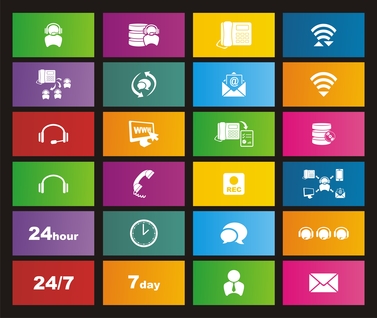
Interactive Voice Response systems have been part of the customer experience for more than a generation, but like most successful technological innovations, it had a long gestation before becoming a commercial reality.
That gestation began at no less an illustrious venue than Bell Labs, telephony pioneers since the invention of, well, the telephone. Their research into speech technology during the 1930s resulted in ‘The Voder’, the world’s first attempt to electronically synthesize the human voice by dissembling its acoustic components. The device was demonstrated at the 1939 World’s Fair in New York.
The Voder (and it’s sister gadget the Vocoder) predated computing, the absence of which represented the outer limits of what speech recognition technology could do. IVR stalled at it’s primitive, pre-war state for 20 years, until Bell came up smelling of roses once again. Their tone dialing system, launched at the Seattle World Fair in 1962, was the blueprint for IVR as we know it.
The technology remained prohibitively expensive for large scale adoption, but the future benefits were apparent enough to encourage corporate investment throughout the 1970s. Businesses salivated at the possibilities. Basic tasks like call routing could now be accomplished by the customer, allowing companies to reduce payroll and extend service hours. By the end of the 80s, basic speech recognition technology had been integrated with IVR. It’s come a long way since then, weathering the threat from alternative information portals like the internet.
And yet, despite the wealth of other options available to consumers, the IVR industry is still growing at an incredible rate. By the end of 2015, it’s forecast to be worth $1.9 billion. IVR has proved surprisingly adaptable, and with truly accurate speech recognition considered a far-off reality - but a reality nonetheless - it’s got some way to go yet.
Investment in IVR technology is set to continue for one simple reason: people want it. They want it bad. Speech is the first, most intuitive form of language we acquire, long before we learn to write. It’s the easiest form of communication, as easily mastered by the 1.2 billion illiterate people of the world as it is by linguistic professors. From a business perspective, that’s a whole heap of untapped market.
The benefits of effective, error-free speech recognition are too great for it not to continue improving. IVR has come a long way since 1939, and it’s got a long road aho. By the time the centenary of Bell’s Voder rolls around, speech recognition should be able to handle truly complex tasks, making life easier for customers and commerce alike.
